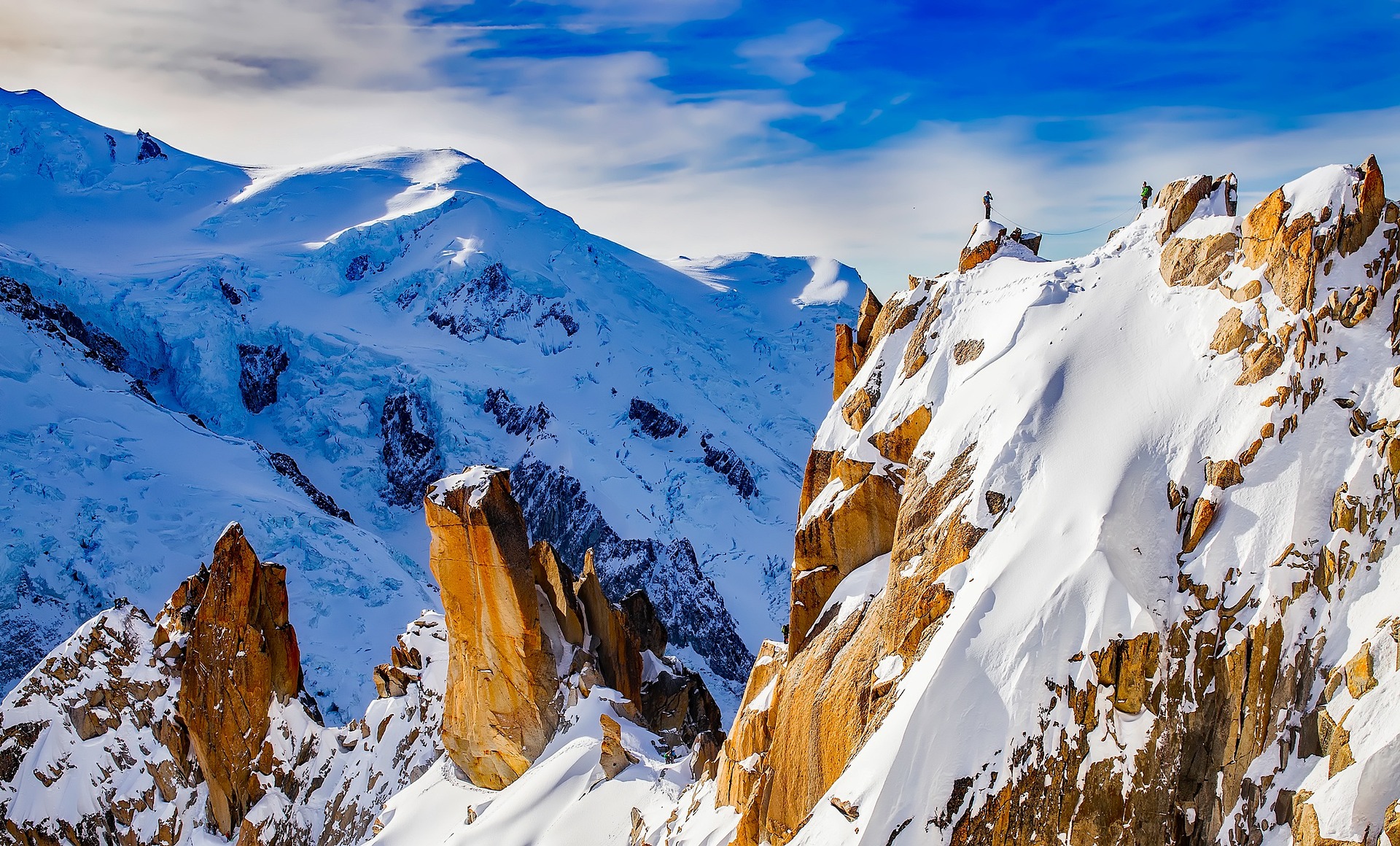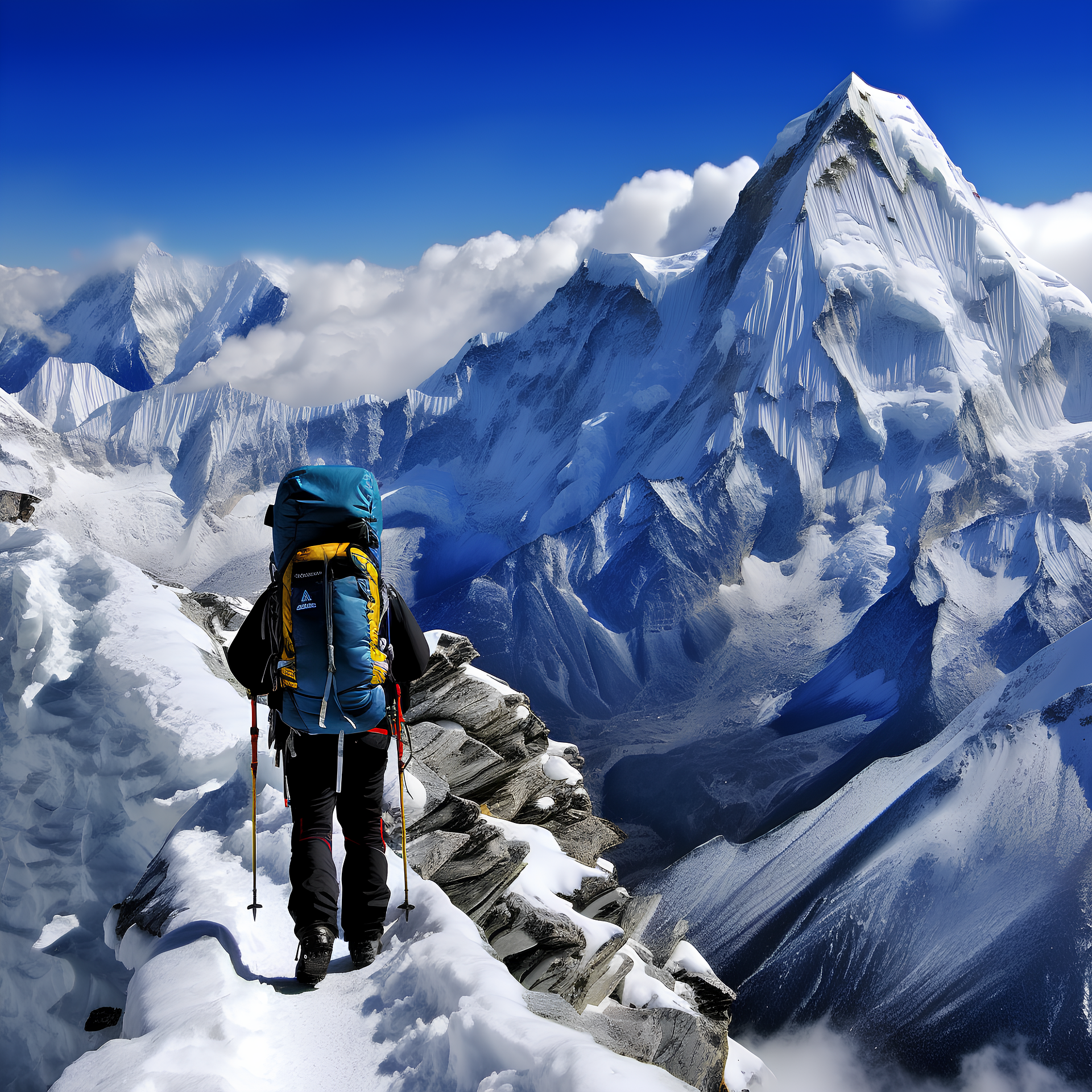
Mountain climbing is an exhilarating pursuit, but it comes with inherent risks. Ensuring safety while climbing should always be the top priority. This article provides essential tips for climbers to stay safe and minimize risks during their adventures in the mountains.
1. Plan and Prepare: Before embarking on a climbing expedition, thorough planning is essential. Research the route, weather conditions, and potential hazards. Create a detailed itinerary, including estimated times for each section of the climb. Inform someone about your plans and expected return time. Preparation can significantly reduce risks and enhance safety.
2. Know Your Limits: Understanding your physical and technical limits is crucial for safe climbing. Choose routes that match your skill level and experience. If you’re a beginner, consider climbing with a more experienced partner or hiring a guide. Pushing beyond your limits can lead to dangerous situations, so it’s essential to recognize when to turn back.
3. Use Proper Gear: Using the right gear is vital for safety in climbing. Ensure that all equipment, including harnesses, ropes, and protection devices, is in good condition and properly fitted. Familiarize yourself with the correct use of each piece of gear before the climb. Regularly inspect your equipment for wear and tear, replacing any damaged items before your next adventure.
4. Stay Hydrated and Nourished: Climbing can be physically demanding, and staying hydrated and nourished is essential for maintaining energy levels and focus. Carry sufficient water and high-energy snacks, such as nuts, energy bars, or dried fruit. Dehydration and fatigue can impair judgment and increase the risk of accidents, so prioritize self-care during climbs.
5. Monitor Weather Conditions: Weather in the mountains can change rapidly, and being caught in adverse conditions can be dangerous. Check the weather forecast before your climb and be prepared for sudden changes. If conditions deteriorate, be willing to turn back. It’s better to postpone a climb than to risk safety in unpredictable weather.
6. Practice Communication: Effective communication is vital, especially when climbing in a group. Establish clear signals for communication, particularly when navigating challenging sections or when visibility is low. Make sure everyone in the group understands the plan and is aware of each other’s locations. Regularly check in with fellow climbers to ensure everyone is safe and comfortable.
Conclusion: Safety should always be the top priority in mountain climbing. By planning and preparing thoroughly, knowing your limits, using proper gear, staying nourished, monitoring weather conditions, and practicing effective communication, climbers can significantly reduce risks and enjoy a safer climbing experience. Remember, the mountains will always be there, so take the time to prioritize safety and enjoy the adventure.

